As we headed out for today's touring, we came upon preps for some sort of Shinto Buddhism event spinning up.
A full-service filling station - just like America in the 1950's?
After a short metro ride, we arrive at the Tokyo Imperial Palace, a large park-like area located in the Chiyoda district. The grounds contain several buildings including the Fukiage Palace where the Emperor has his living quarters, the main palace where various ceremonies and receptions take place, some residences of the Imperial Family, an archive, museums, green open spaces, gardens and administrative offices.
The Imperial Grounds proper are only open to the public twice a year, and today isn't one of those days. Oh well, all the previous old wooden structures were either wiped out in fire disasters in previous centuries, some inadvertent, some happening in times of violence, including WWII fire bombings. They have rebuilt some of the original structures. We looked around the entrance to the Imperial Palace, which isn't much to look at, and the open spaces, and then made our way to a fantastic park/garden area. The irises below are a preview.
The Imperial Grounds proper are only open to the public twice a year, and today isn't one of those days. Oh well, all the previous old wooden structures were either wiped out in fire disasters in previous centuries, some inadvertent, some happening in times of violence, including WWII fire bombings. They have rebuilt some of the original structures. We looked around the entrance to the Imperial Palace, which isn't much to look at, and the open spaces, and then made our way to a fantastic park/garden area. The irises below are a preview.
Below, just off the metro, entering the grounds, with old stone walls and foundations, and missing wooden forts and structures that would have been perched atop them.
A well manicured open space with gnarly trees.
A rebuilt fortress building.
Nicely recreated features on rebuilt guard buildings.
Entering the gate to the fantastic garden, once part of the original Imperial gardens, and still benefitting from Royal support, and originally also the grounds for Shogun military units.
The first part is a winding pathway of defensive structures, including a rebuilt guard quarters. The second photo below shows foundations of what was an elaborate gate house bridging the gap, with the multi-colored stones now showing evidence of the 17th fire that destroyed it.
It's June now, and all the greenery is in full swing.
A grove of many types of bamboo.
A large pagoda once stood here, now nothing but the foundation pedestal remains.
Kimonos and Ninja Turtles...
Irises in the water...
...back to urban modernity.
Although far different that Italy, Japan has its own version of the diversity we saw there a few years back.
Now in Piss Alley, to finish the Shinjuku District tour. Piss Alley, can't tell you why it's called this.
This is a night-life kind of place, so it's calm quietness at this time, after the sun sets the good times start rolling.
Another alley nearby contained many tiny little taverns featuring good eats, with a lot of yakitori (things cooked on sticks) action.
It's not so much a thing of finding one that looks good to us, but more of finding one with two empty seats.
It's a tapas smorgasbord, Japanese style.
...just because, random sightings of stuff.
The smokers have their own area, away from the rest of us.
Time to head back to the "ranch".
Thank God for Google Maps, it's not particularly hard to navigate the metro with Google's spoon-fed directions.
And there's just enough English words to show us where our platform and metro train awaits us.
Farewell Tokyo, tomorrow we move onward, heading south before the heat of mid-Summer is here.




























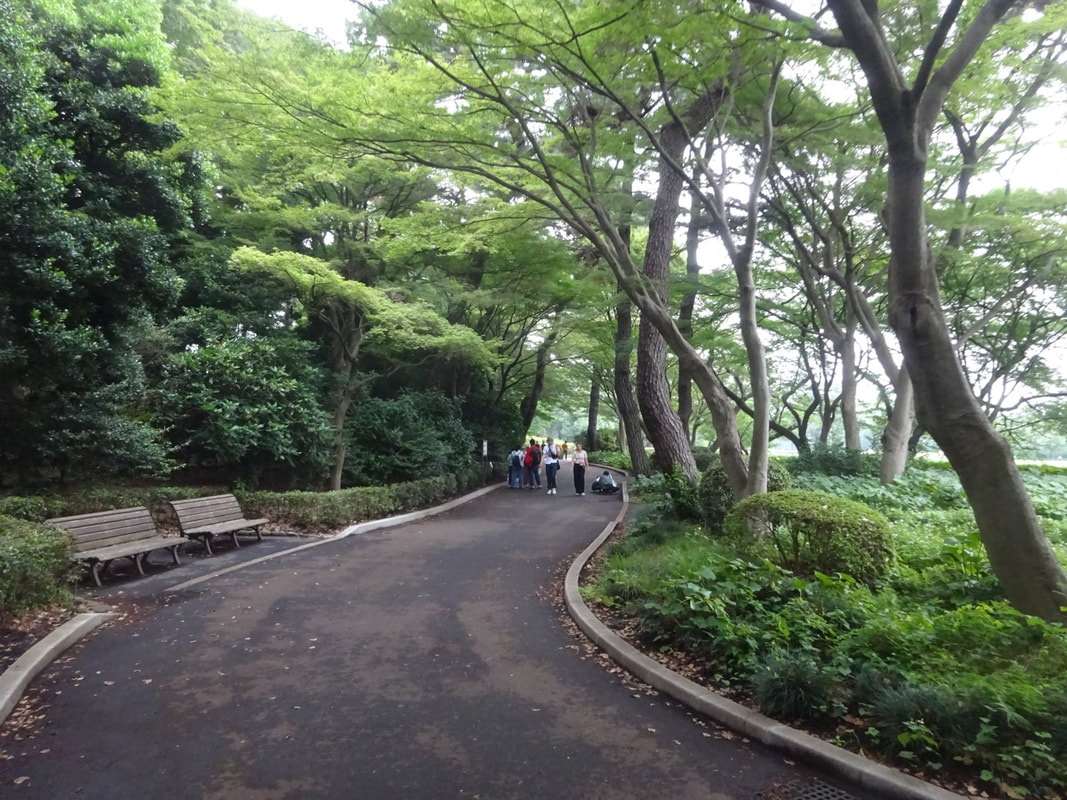








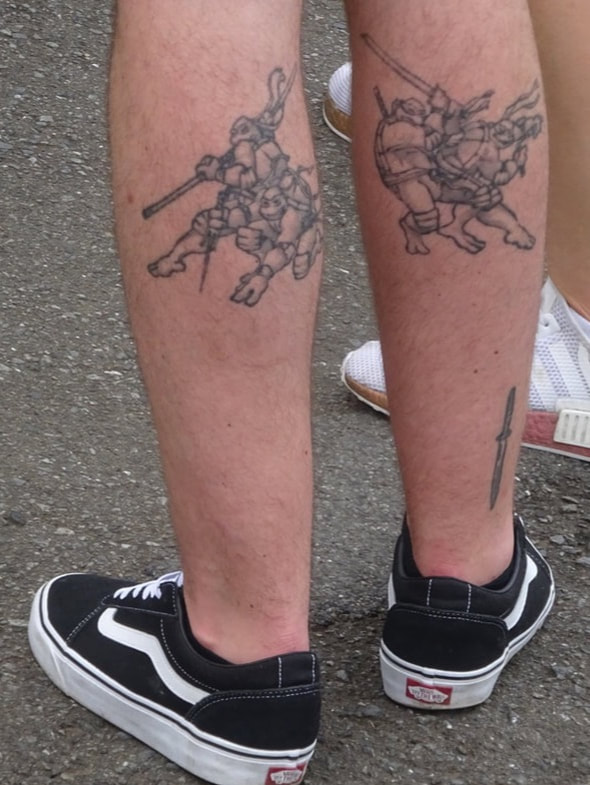













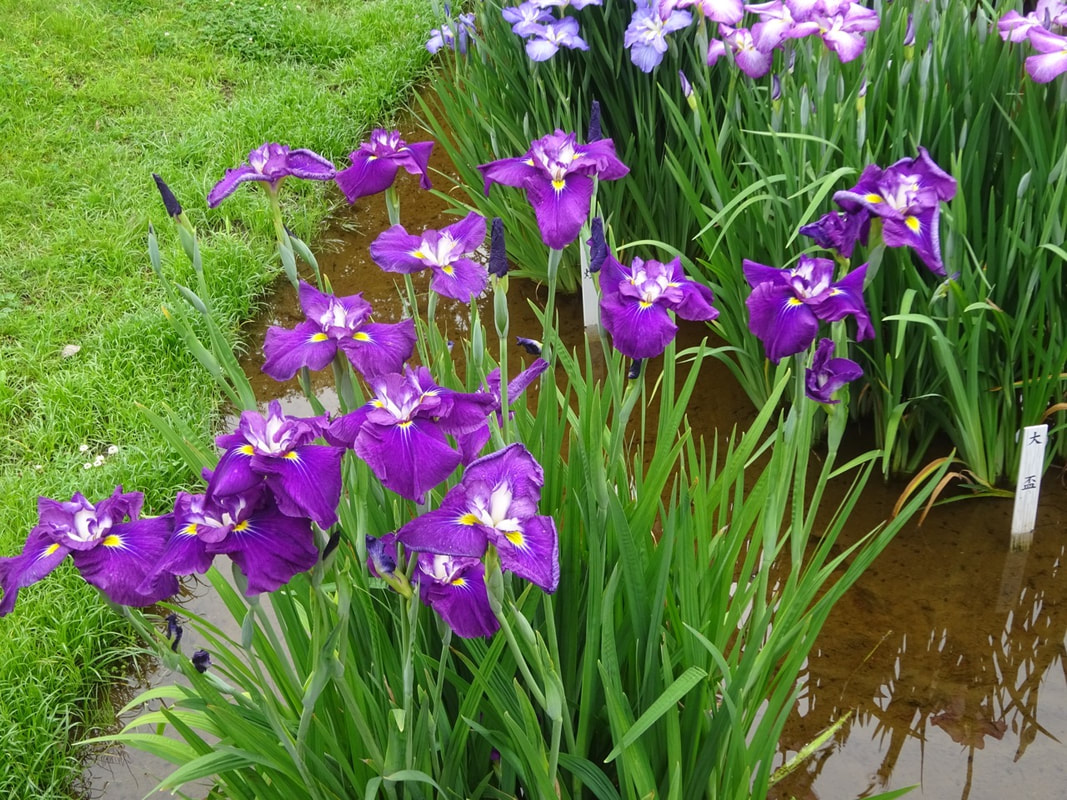




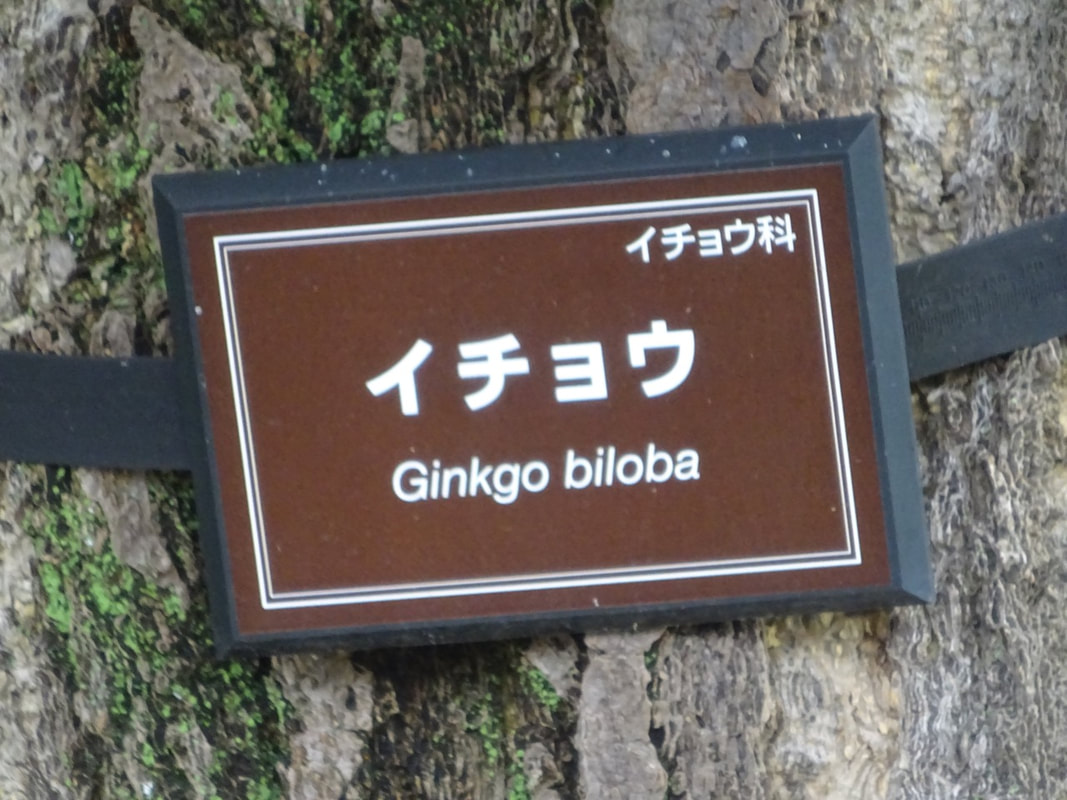

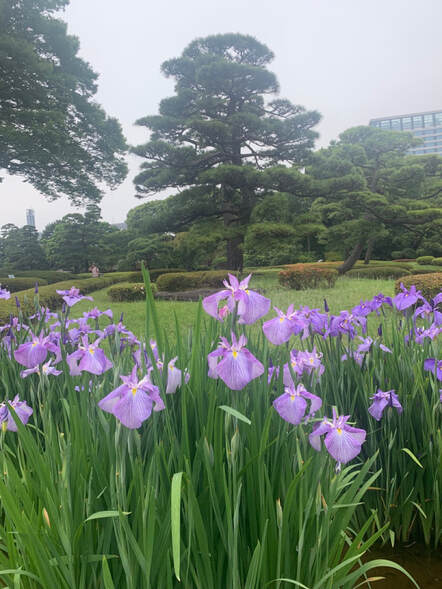



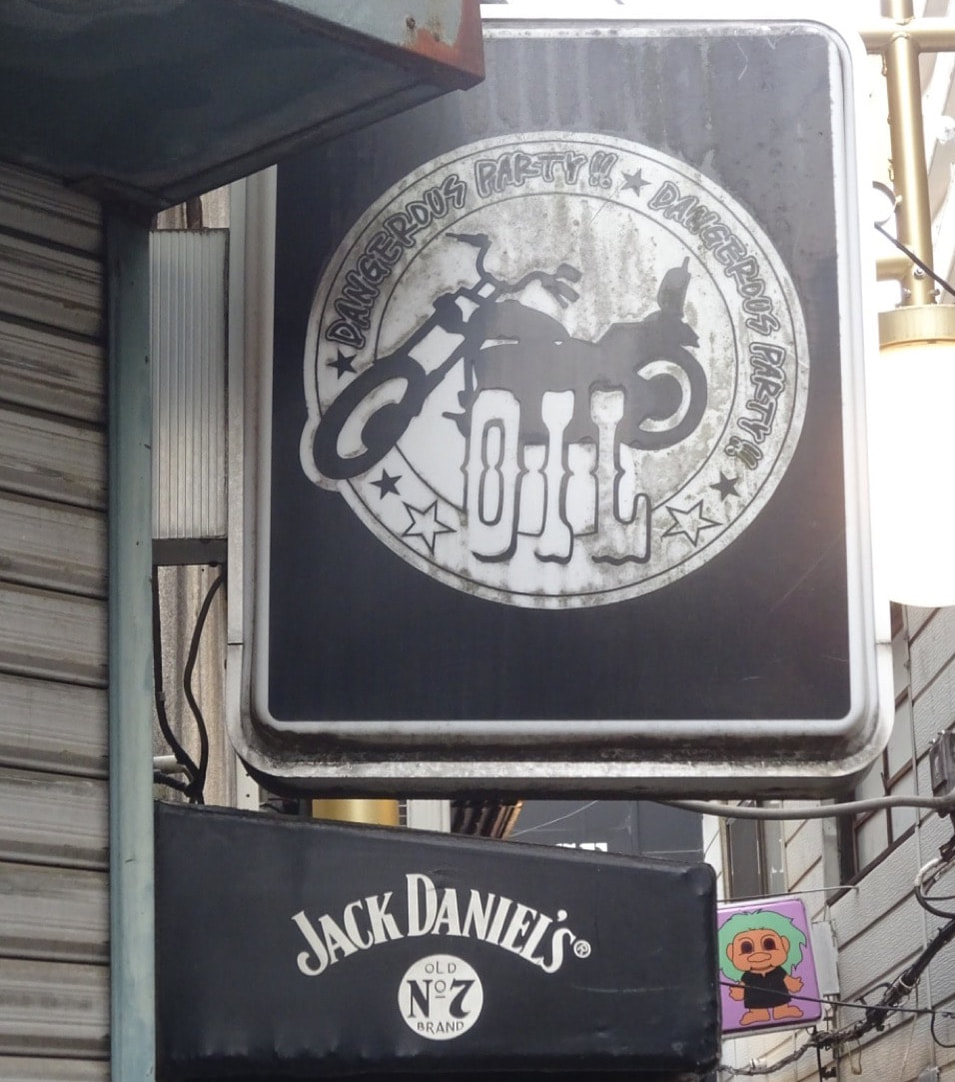



















 RSS Feed
RSS Feed
